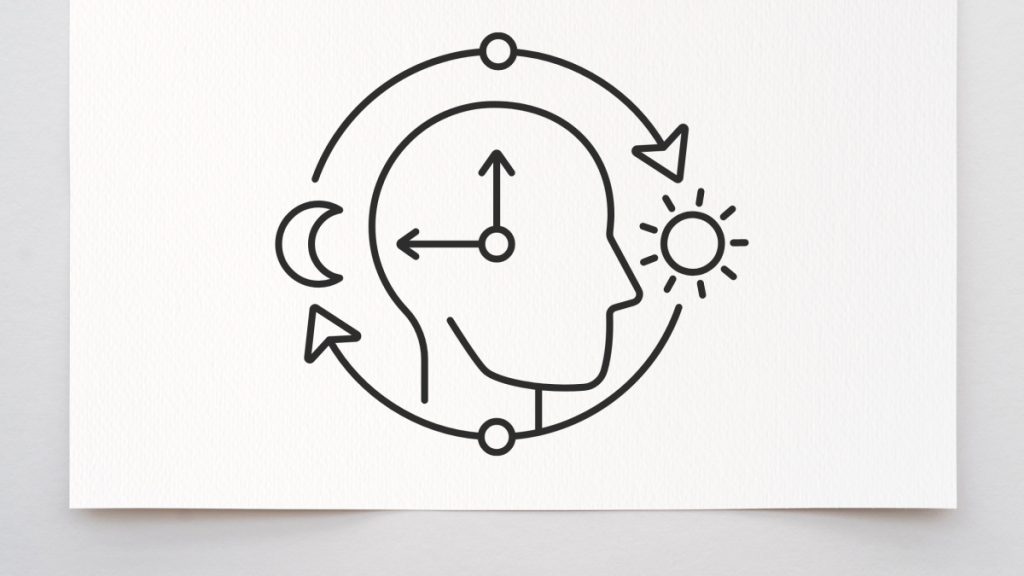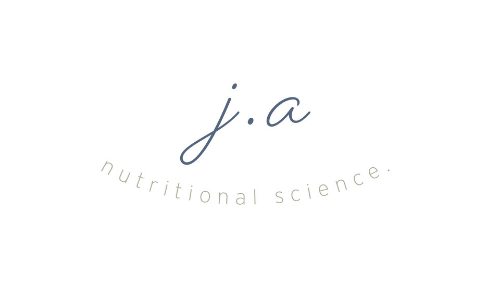
Understanding Your Circadian Rhythm
Have you ever wondered why you are alert during the day and sleepy at night? The answer lies in our body’s internal clock known as the circadian rhythm. This 24-hour biological cycle regulates various physiological processes, including sleep-wake patterns, hormone production, metabolism, and mood. In this post, we explore the fascinating world of circadian rhythms and discuss how understanding and aligning with these natural rhythms can enhance our health and overall wellbeing.

Light and dark are the two biggest influences on our circadian clock
What are Circadian Rhythms?
Circadian rhythm is the 24-hour internal clock in our brain that regulates cycles of alertness and sleepiness by responding to changes in light in our environment. These rhythms are regulated by a master clock called the suprachiasmatic nucleus (SCN) located in the hypothalamus. External cues, such as light and darkness help synchronise our circadian rhythms with the external environment.
The Importance of a Balanced Sleep-Wake Cycle:
One of the most critical aspects of circadian rhythms is the sleep-wake cycle. Our body’s natural inclination is to sleep at night and be awake during the day, aligning with the external light-dark cycle. Maintaining a regular sleep schedule and practicing good sleep hygiene to wind down before sleep can optimise the quality and duration of our sleep, leading to improved cognitive function, mood, and overall health.
Sleep and mental health is a bi-directional relationship. Improving sleep improves EVERY aspect of mental health
Dr Meet Singh Physician and psychiatrist, elite athlete sleep expert
Impact on Hormonal Regulation:
Circadian rhythms play a significant role in regulating hormone production and release. Hormones such as melatonin, cortisol, and growth hormone follow a specific rhythmic pattern throughout the day. Disruptions to these rhythms, such as irregular sleep patterns or night shift work, can disturb hormonal balance and affect metabolism, immune function, and mental health.
Optimising Nutrition and Energy Levels:
Circadian rhythms also influence our metabolism, including digestion and energy expenditure. Emerging research suggests that aligning meal times with our body’s internal clock can improve nutrient absorption, regulate blood sugar levels, and support healthy weight management. Eating at regular times during the day and avoiding heavy meals close to bedtime is recommended to optimise metabolism and digestion. I take a deeper dive in how diet affects sleep here
Syncing with Natural Light Exposure:
Exposure to natural light is vital for maintaining healthy circadian rhythms. Spending time outdoors during daylight hours, especially in the morning, can help regulate our internal clocks. When indoors, ensuring adequate exposure to natural or blue-enriched light during the day and limiting bright light exposure before bedtime can promote healthy sleep-wake cycles.
Small changes can make a big difference. Start prioritising your sleep, welcoming the power of natural light, and respecting your body’s natural rhythm – you might just be surprised at how much more vibrant and healthier your life can be.
Creating Healthy Daily Habits:
Establishing consistent daily routines can help reinforce our circadian rhythms. Waking up and going to bed at the same time, engaging in regular exercise, and structuring meals and breaks throughout the day can provide stability and aid in synchronisation with our internal clocks.
Conclusion:
The intricate dance of our circadian rhythms influences numerous aspects of our health and wellbeing. By understanding and aligning with these natural biological patterns, we can optimise our sleep, enhance hormonal regulation, manage energy levels, and foster overall vitality. Prioritising regular sleep schedules, exposure to natural light, and adopting healthy daily habits can help harness the power of circadian rhythms, leading to improved memory, cognitive function, and performance.
References:
1. Czeisler, C. A., & Klerman, E. B. (1999). Circadian and sleep-dependent regulation of hormone release in humans. Recent progress in hormone research, 54, 97-130.
2. de la Iglesia, H. O., Fernández-Duque, E., Golombek, D. A., & Lanza, N. (2015). Ancestral sleep. Current Biology, 25(22), R912-R918.
3. Gupta, N. J., & Singh, S. P. (2019). Impact of circadian disturbance on metabolic and cardiovascular health. Current Hypertension Reports, 21(9), 70.
4. Mure, L. S., & Dijk, D. J. (2015). Circadian regulation of metabolism. Physiology, 30(1), 17-29.
5. Shieh, K. R. (2019). Distribution of the rhythm-related genes RPERIOD1, RPERIOD2, and R clock, in the brain of the Mexican tetra, Astyanax mexicanus cortez. Scientific Reports, 9(1), 1-11.
6. Reddy S, Reddy V, Sharma S. Physiology, Circadian Rhythm. [Updated 2023 May 1]. In: StatPearls [Internet]. Treasure Island (FL): StatPearls Publishing; 2024 Jan-. Available from: https://www.ncbi.nlm.nih.gov/books/NBK519507/






